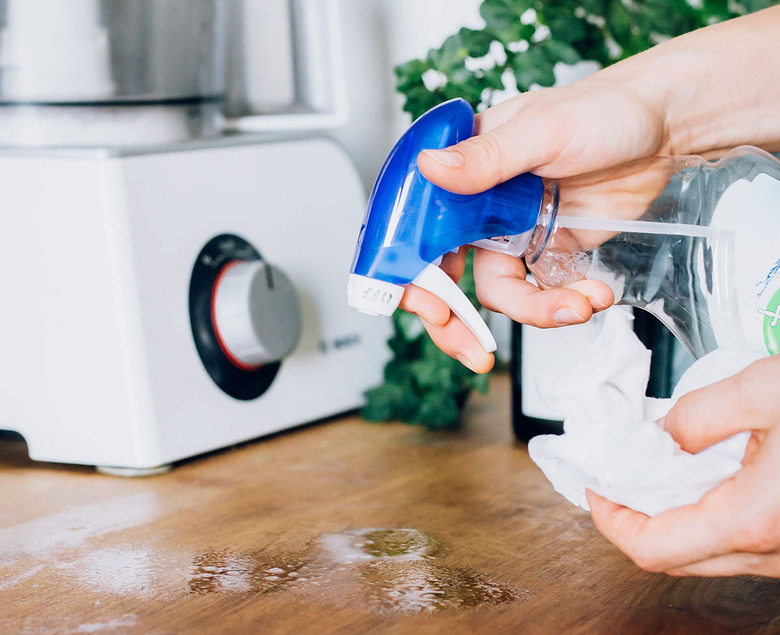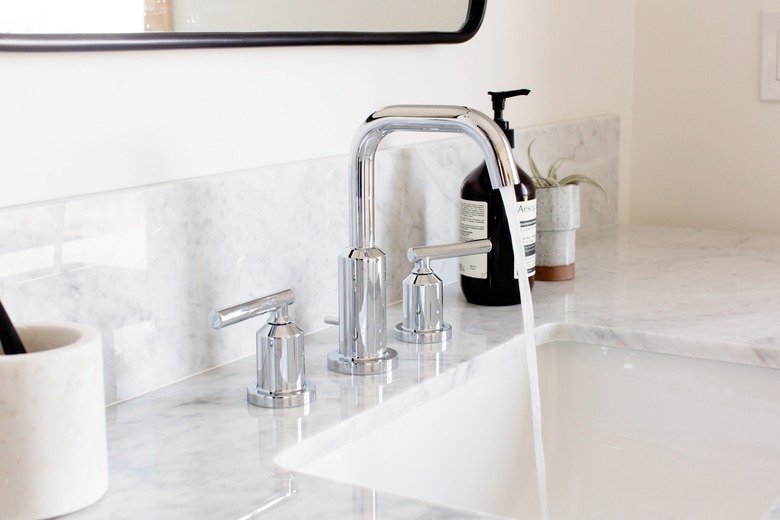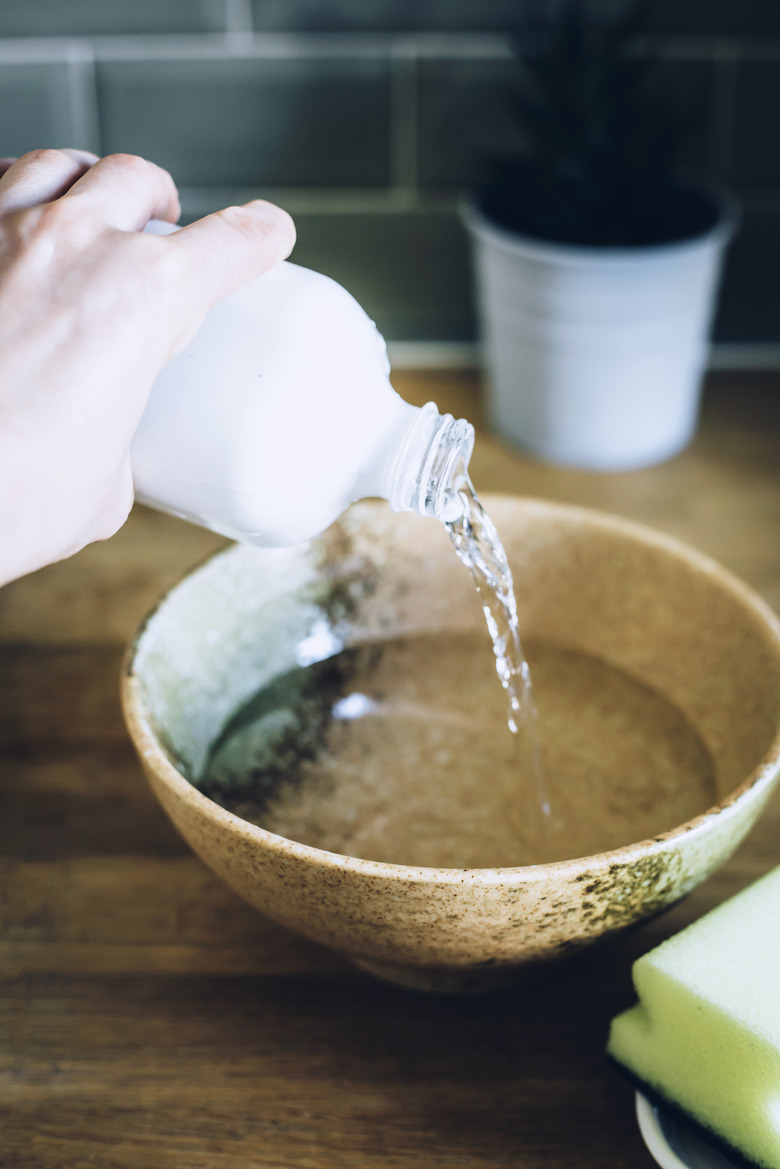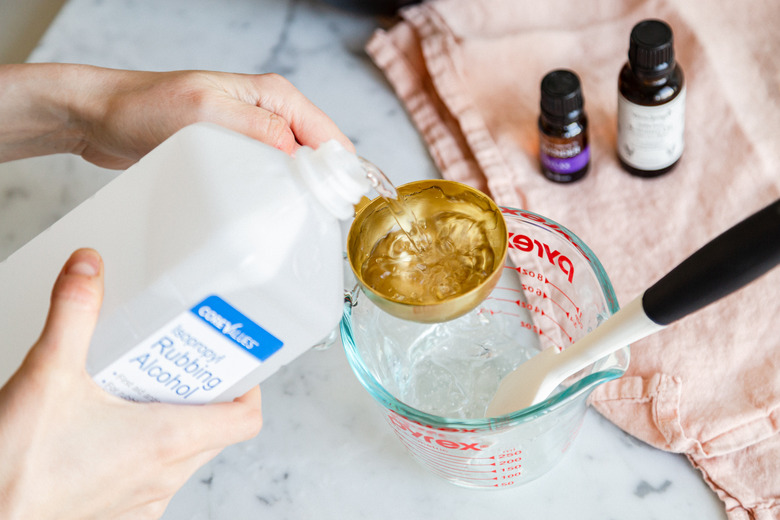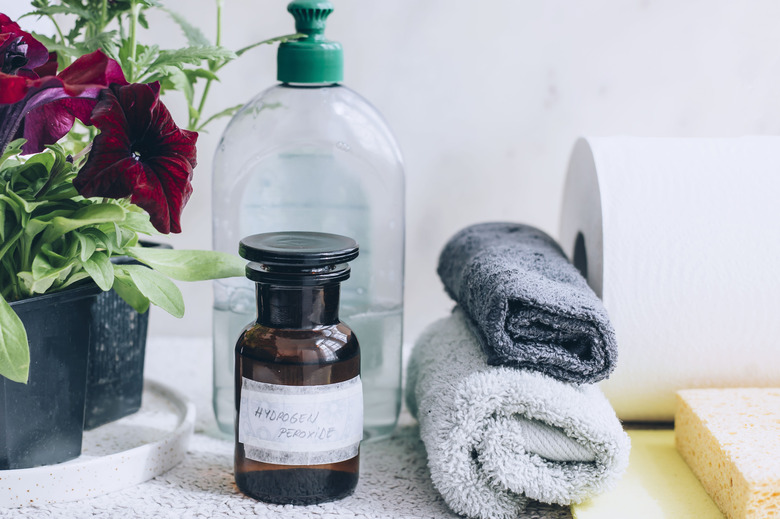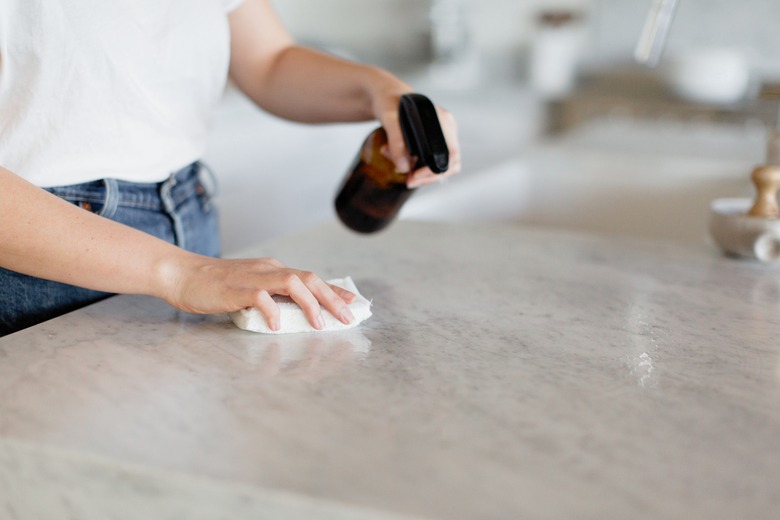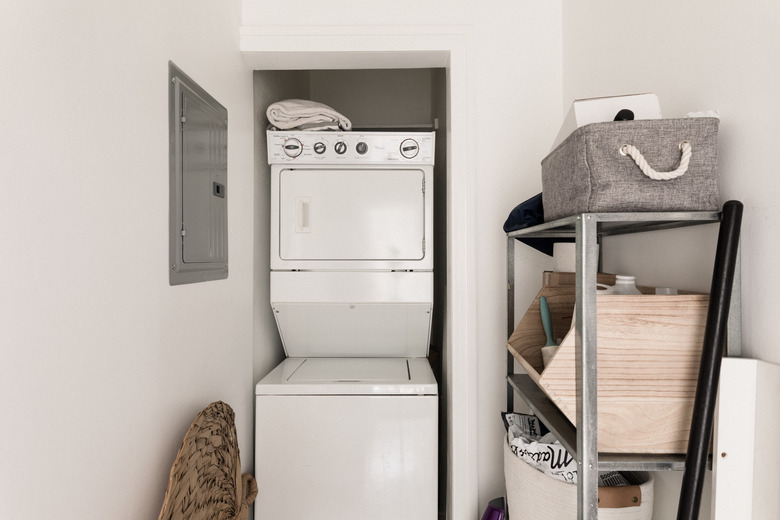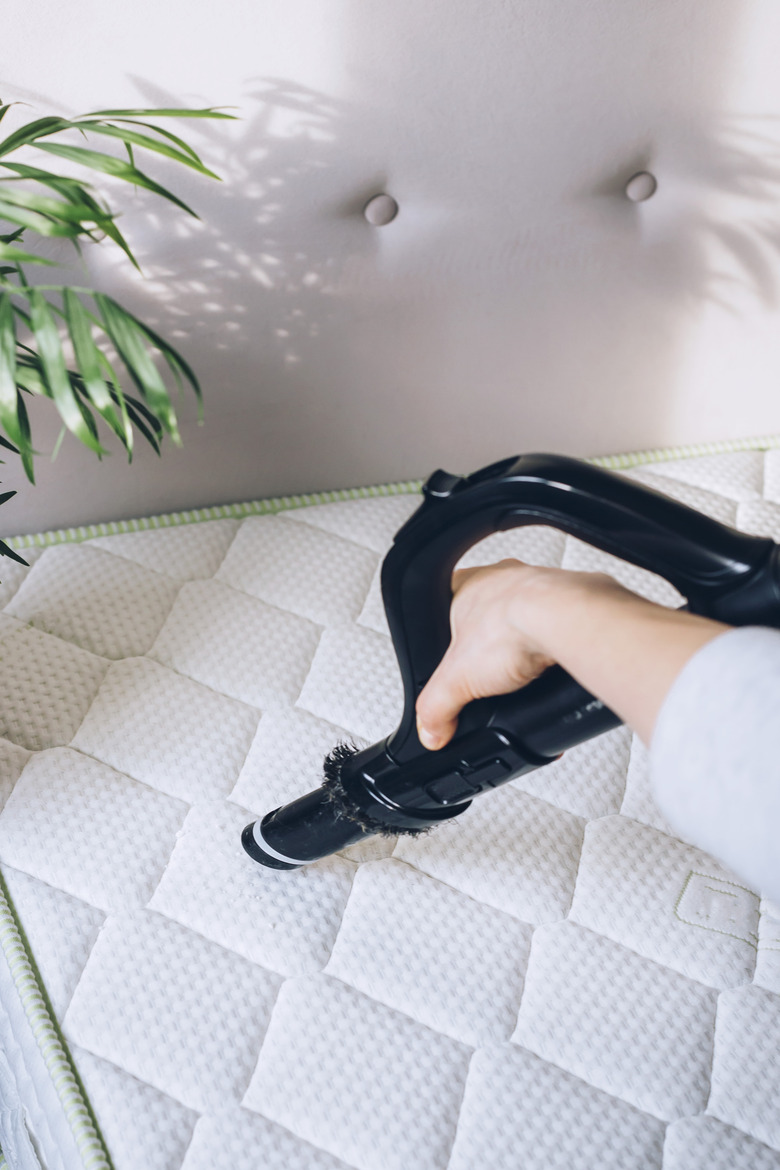7 Household Items That Can Help You Fight Germs
When headlines warn that a specific disease is spreading, you likely feel the need to disinfect every inch of your home. Now more than ever, with the coronavirus (COVID-19) making daily headlines, this is especially relevant. To combat the spread of COVID-19 and other viral respiratory illnesses, the CDC recommends cleaning followed by disinfection as a best practice. Fortunately, there are plenty of household items that can help you do just that.
To figure out exactly which household items you can use for disinfection purposes, we reached out to health and consumer chemical experts for more information. Turns out, you probably have exactly what you need to disinfect and prevent the spread of diseases in your home.
1. Soap and Water
1. Soap and Water
"The official CDC stance on killing germs when washing hands is to only use soap and water," Marilee Nelson — a consumer chemical expert, building materials expert, environmental consultant, and co-founder of Branch Basics — tells Hunker. "They state to use a hand sanitizer only if soap and water is not available because of the danger of creating resistant bacteria with too frequent use."
In terms of surfaces, the CDC also recommends soap and water as an initial step before disinfection. "There is good reason for this two-step procedure, as dirt and grease interfere with the germ-killing abilities of sanitizers and disinfectants," Nelson explains. "They should first be removed with soap and water." Dr. Tobi Schmidt, a personal health advisor and educator, seconds this, adding that using soap to clean surfaces must be accompanied by scrubbing for optimal sanitation.
2. Bleach
2. Bleach
Dr. Schmidt explains that bleach is probably the number one surface disinfectant you have around the house. "Bleach solutions are capable of killing most pathogens, including bacteria and viruses, if the solution is left on the surface for five minutes," she says. The CDC also recommends bleach — 5 tablespoons (1/3 cup) bleach per gallon of water — specifically for preventing the coronavirus.
3. Rubbing Alcohol
3. Rubbing Alcohol
In addition to bleach, the CDC also cites alcohol solutions with at least 70% alcohol for disinfection. "Both 70% isopropyl alcohol and bleach solutions have the ability to kill bacteria, fungi, and viruses," Dr. Schmidt explains. "Surfaces should be wetted and then left to sit." She adds that one advantage of alcohol over bleach is that it air dries after application and is less destructive on some surfaces.
You can also use rubbing alcohol when making a DIY hand sanitizer. The CDC states, "If soap and water are not available and hands are not visibly dirty, an alcohol-based hand sanitizer that contains at least 60% alcohol may be used." But it adds that if your hands are visibly dirty, soap and water are best.
4. Hydrogen Peroxide
4. Hydrogen Peroxide
"Some households may have hydrogen peroxide and this too can be an effective disinfectant," Dr. Schmidt states. "The 3% solution most often sold can be effective against some of the same pathogens as bleach and alcohol solutions, but hydrogen peroxide takes much longer to work." As a result, she recommends that surfaces must be fully wet with hydrogen peroxide and that this solution be left to sit for around 10 to 30 minutes.
Nelson specifically recommends using 3% hydrogen peroxide and distilled white vinegar together. "Spray the surface with vinegar or wipe with a microfiber or paper towel dipped in undiluted distilled white vinegar," Nelson says. "Use enough vinegar to leave the surface damp, and allow it to air dry. Next, repeat the process with hydrogen peroxide." Just like Dr. Schmidt, Nelson emphasizes that you must allow the solutions to sit on the surface in order for them to work.
5. Vinegar
5. Vinegar
Though you can use vinegar as a surface disinfectant, Dr. Schmidt believes it shouldn't be seen as the number one choice. "It is effective against some bacteria and viruses, but like hydrogen peroxide, it is only effective if it is allowed to sit on the surface for a longer period of time. In some cases, [it's] as long as 150 minutes," she says. "If you're serious about disinfecting a surface, vinegar is not going to be the best choice." Dr. Schmidt continues by saying that it's not clear exactly which microbes vinegar can kill because most studies use solutions featuring acetic acid or peracetic acid in higher concentrations than you would find in your vinegar at home. This is especially the case since the concentration varies between vinegar brands.
If you do want to try vinegar for disinfecting surfaces, you can use it in combination with hydrogen peroxide. Follow Nelson's instructions for use under the hydrogen peroxide section above.
6. High Heat / Steam
6. High Heat / Steam
"High heat is another way to kill some pathogens," Dr. Schmidt states. "It can be combined with water, in the case of boiling, or drying, in the case of a clothes dryer." Nelson adds on to this by stating that dry steam and steam cleaners are chemical-free options for disinfecting. When it comes to dry steam cleaners, she adds, "The jet stream of vapor kills viruses, bacteria, dust mites, mold, [and] mildew in two to seven seconds." On the other hand, steam cleaners require at least a three-minute application to effectively kill germs.
7. Dust-Busting Tools
7. Dust-Busting Tools
Germs can be transported via dust particles, Nelson states. As a result, she advises, "Do a takedown of the germ count in a home by regularly dusting with a microfiber cloth and vacuuming with a sealed canister HEPA vacuum as a baseline action against infectious disease." You can even use a microfiber cloth when doing pre-disinfection cleaning, so that you're truly packing a punch when working to keep your home clean and sanitized.
For purchasable items, see the EPA's list of registered antimicrobial products for use against the coronavirus.
